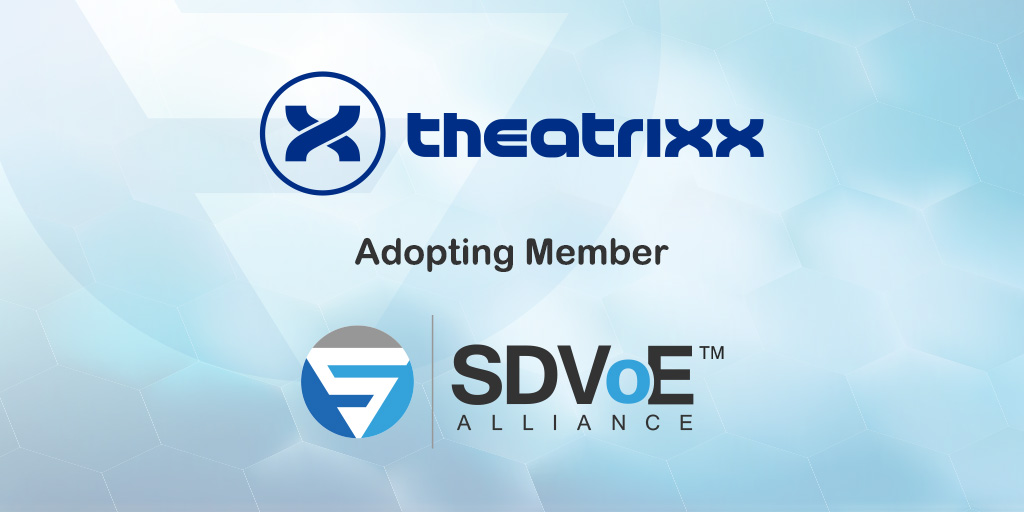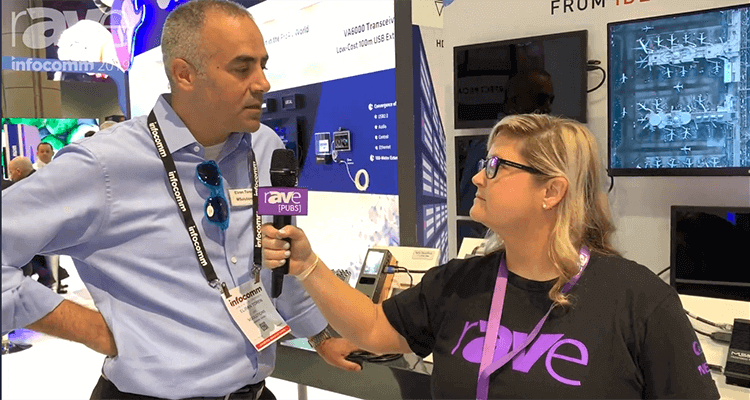Theatrixx Joins SDVoE Alliance in Advance of InfoComm 2019
 MONTREAL — May 29, 2019 — The SDVoE™ Alliance today announced that Theatrixx Technologies Inc., a manufacturer and distributor of technical equipment for the professional audio-visual and performing arts industry, has joined the alliance as an adopting member. Theatrixx will be exhibiting at InfoComm 2019 (Orlando, June 12-14, booth 1121). The SDVoE Alliance will be in booth 1143.
MONTREAL — May 29, 2019 — The SDVoE™ Alliance today announced that Theatrixx Technologies Inc., a manufacturer and distributor of technical equipment for the professional audio-visual and performing arts industry, has joined the alliance as an adopting member. Theatrixx will be exhibiting at InfoComm 2019 (Orlando, June 12-14, booth 1121). The SDVoE Alliance will be in booth 1143.
“The pro video environment can be a confusing one given the wide array of video formats, resolutions, codecs, connection interfaces and transport methods that reduces equipment compatibility and increases system complexity and the risk of errors,” said Gabriel Duschinsky, Chief Technology Officer at Theatrixx. “We’re strong advocates of standardization and making things simpler for the user, so since we first heard about SDVoE technology more than 4 years ago, we knew it would be a perfect match for our vision. We firmly believe SDVoE technology is the only true ‘common denominator’ to bridge all these standards using a uniform approach, with full 4K60 support and the lowest latency possible.”
“We are delighted to welcome Theatrixx to the SDVoE ecosystem, which will certainly benefit from their ability to create innovative devices and systems that meet the demanding requirements of rental & staging, and are built to withstand the daily hazards of life on the road,” said Justin Kennington, president of the SDVoE Alliance. “And we congratulate them on winning Best New Hardware Infrastructure Technology in the 2019 NAB Show Product of the Year Awards.”
All AV distribution and processing applications that demand zero-latency and uncompromised video can benefit from SDVoE technology, which provides an end-to-end hardware and software platform for AV extension, switching, processing and control through advanced chipset technology, common control APIs and interoperability. SDVoE network architectures are based on off-the-shelf Ethernet switches, thus offering substantial cost savings and greater system flexibility and scalability over traditional approaches, such as point-to-point extension and circuit-based AV matrix switching.





